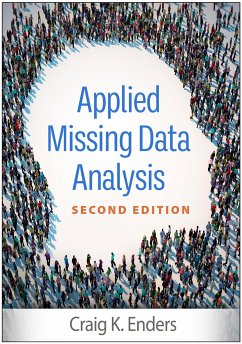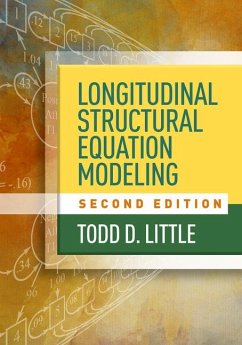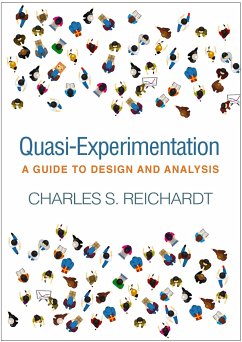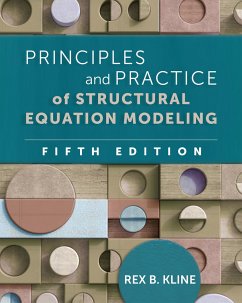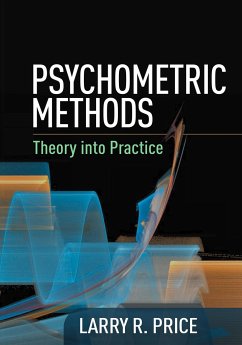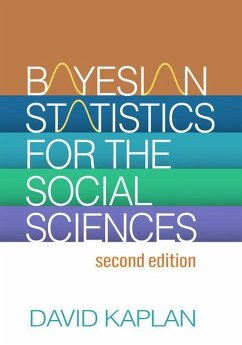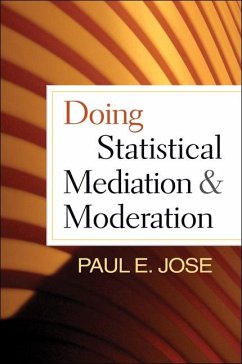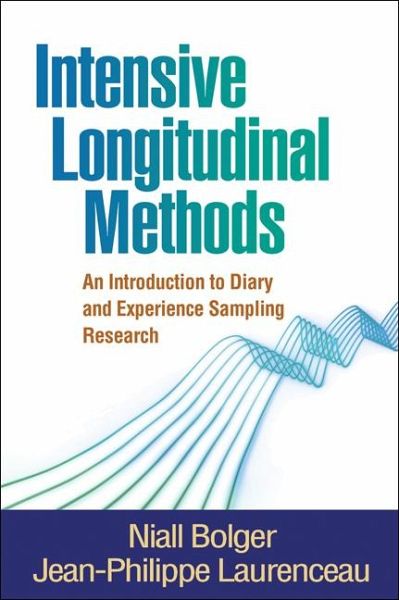
Intensive Longitudinal Methods
An Introduction to Diary and Experience Sampling Research
Versandkostenfrei!
Versandfertig in 2-4 Wochen
73,99 €
inkl. MwSt.

PAYBACK Punkte
37 °P sammeln!
This book offers a complete, practical guide to doing an intensive longitudinal study with individuals, dyads, or groups. It provides the tools for studying social, psychological, and physiological processes in everyday contexts, using methods such as diary and experience sampling. A range of engaging, worked-through research examples with datasets are featured. Coverage includes how to: select the best intensive longitudinal design for a particular research question, apply multilevel models to within-subject designs, model within-subject change processes for continuous and categorical outcome...
This book offers a complete, practical guide to doing an intensive longitudinal study with individuals, dyads, or groups. It provides the tools for studying social, psychological, and physiological processes in everyday contexts, using methods such as diary and experience sampling. A range of engaging, worked-through research examples with datasets are featured. Coverage includes how to: select the best intensive longitudinal design for a particular research question, apply multilevel models to within-subject designs, model within-subject change processes for continuous and categorical outcomes, assess the reliability of within-subject changes, assure sufficient statistical power, and more. Several end-of-chapter write-ups illustrate effective ways to present study findings for publication. Datasets and output in SPSS, SAS, Mplus, HLM, MLwiN, and R for the examples are available on the companion website ( www.intensivelongitudinal.com).




